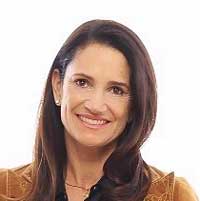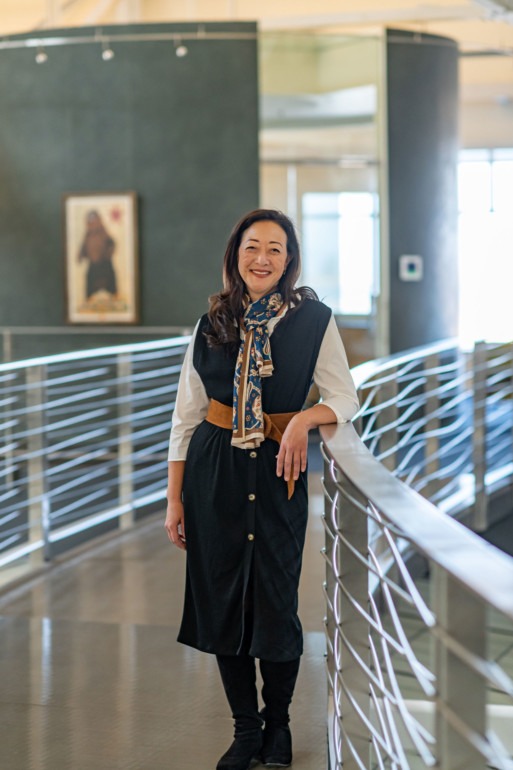
When Rhea Suh, the recently appointed president and CEO of the Marin Community Foundation (MCF) told friends and family she was moving back to Marin County from the East Coast, there was one response. “No one ever asked, why are you moving there?” Suh says. “It was always, how did you get the opportunity to move back to Marin?” Suh, an Obama administration appointee to the Department of the Interior and past president of the Natural Resources Defense Council (NRDC), has family in Marin and considers the move “coming home.” She is also highly aware of what a rarefied privilege it is to live in Marin County, and says she hopes to use her position at the leading philanthropic organization in the North Bay to help Marin residents better respond to the needs and vulnerabilities of the communities in the county.
Drawing Upon Diverse Expertise
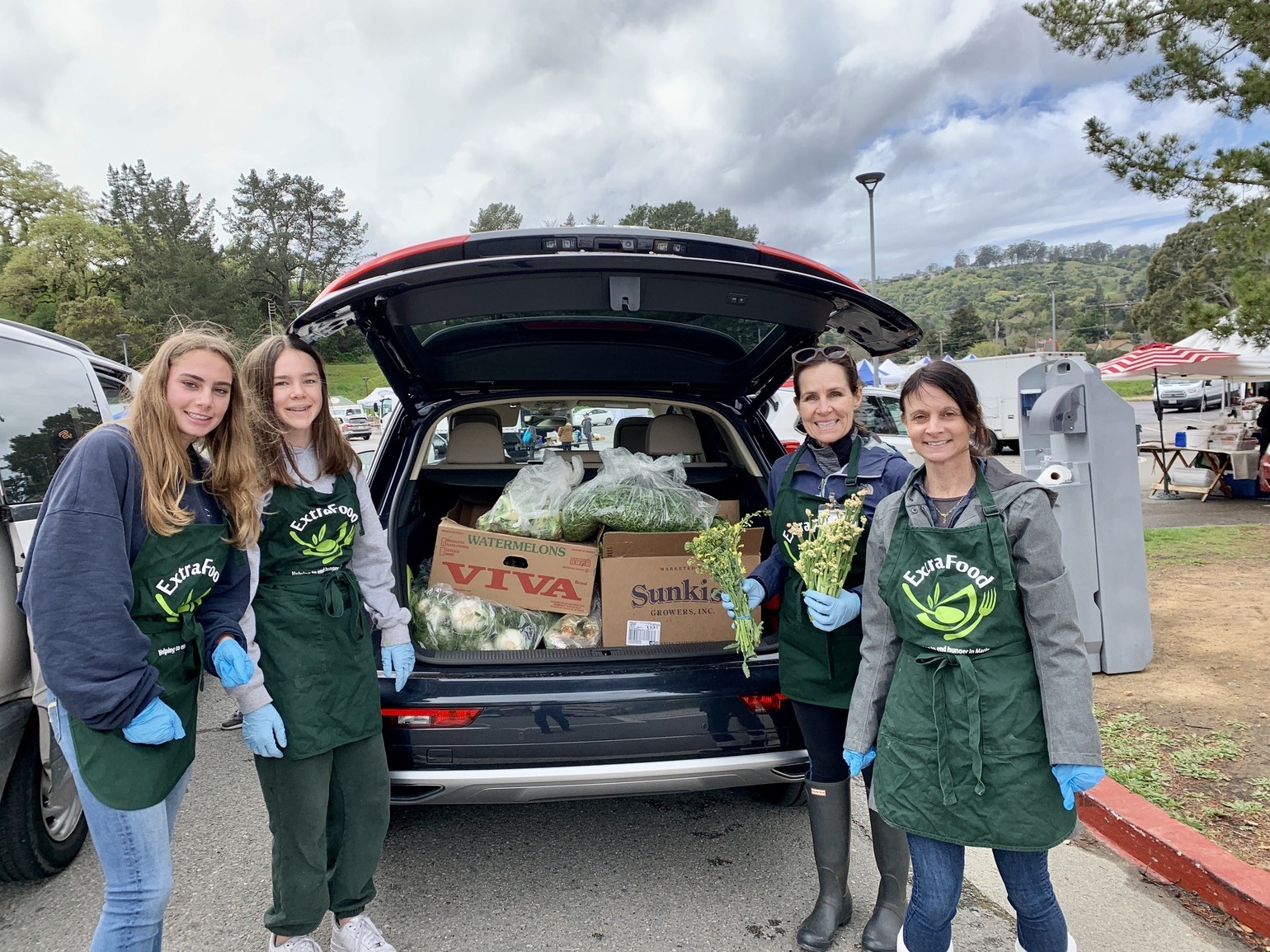
Suh was selected, after a yearlong, nationwide search, to fill the super-sized shoes of her predecessor, Dr. Thomas Peters, who led MCF for 23 years. Under Peters’ guidance, the foundation’s grant-giving grew to $120 million annually, and MCF gained a reputation as one of the most effective and respected philanthropic entities nationwide. As Suh begins her tenure, she is feeling both stretched “in the best way possible,” (her words) and excited about the opportunity to expand on Peters’ accomplishments. “I feel so fortunate to have had very different types of experiences in my professional life,” Suh says. “Coming full circle back to philanthropy at this point in my career feels exactly right.”
After graduating from Columbia University, Suh was a senior legislative assistant for Senator Ben Nighthorse Campbell. She returned to school, earning a master’s degree in education, administration, planning and social policy from Harvard University and then moved into philanthropy, managing environmental conservation programs for both the David and Lucille Packard Foundation and the William and Flora Hewlett Foundation. She transitioned back to government in the executive branch in 2009, when President Barack Obama appointed her assistant secretary for policy, management and budget at the U.S. Department of the Interior. Then, from 2015–2019, she worked in nonprofit advocacy as president of the National Resources Defense Council (NRDC). Having gained multiple perspectives from different sectors, Suh is in a unique position to understand the interplay between them. “I hope to leverage the expertise and value of each of these sectors for common purpose,” she says. “Philanthropy, in particular, is in a unique position to leverage opportunities and partnerships.”
Conveying a Clarity of Purpose
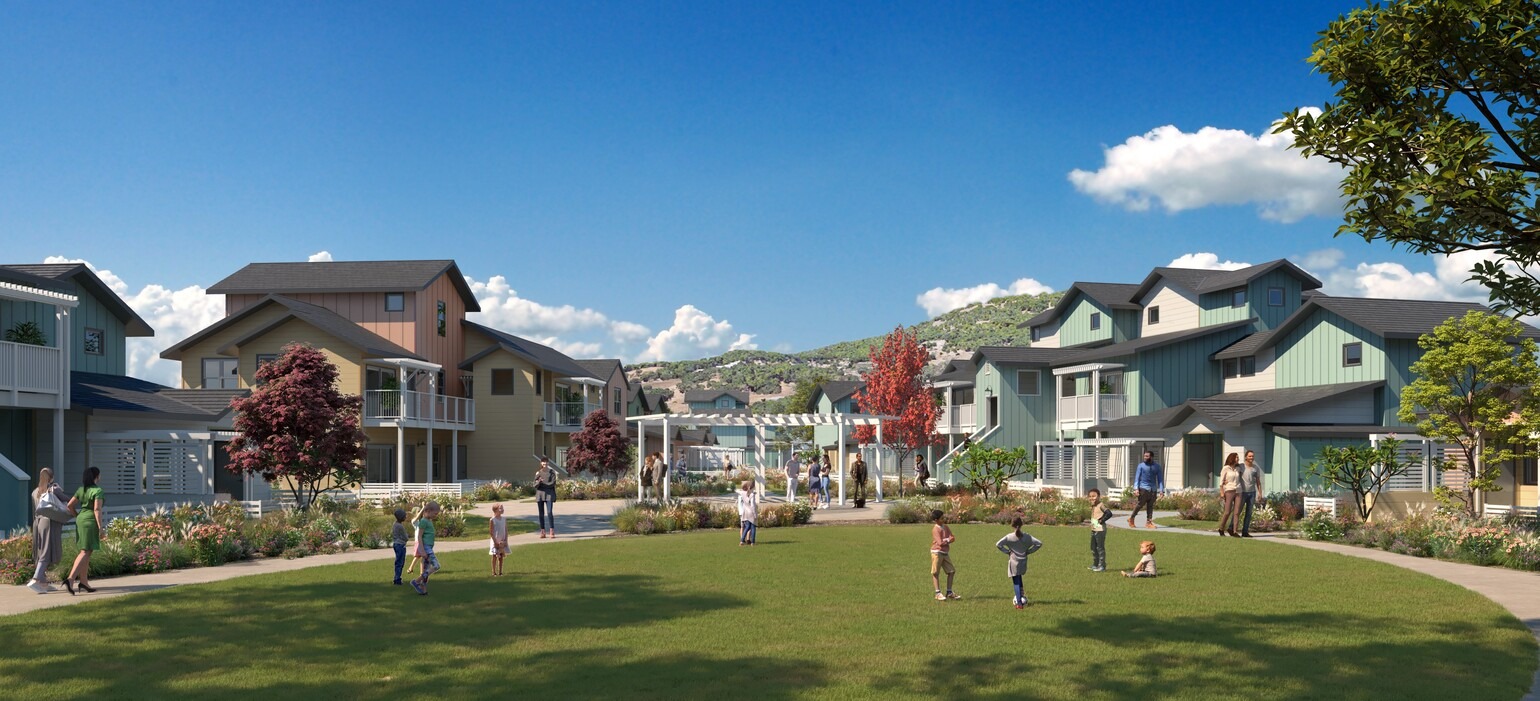
Among Rhea Suh’s goals as she settles into her job as president and CEO of Marin Community Foundation is to help Marinites better understand the work of the foundation in the community. One of the key things to understand, says Suh, is that MCF is not in the spotlight by design, meaning, the organization purposely takes a back seat to its partners — the individuals and organizations it supports in their philanthropy. According to Suh, MCF does not aim to be an entity recognized in and of itself, but rather, promotes the work and outcomes of its partnerships. “We are a funnel or channel to connect donors to communities and grantees,” she says. “We’re not the main act. In fact, we’re not even the warm-up act!”
Community foundations are grant-making bodies designed to pool and coordinate charitable giving for social improvement, and the growth of these foundations over the past century mirrors the magnitude of their impact. In 1914, the Cleveland Community Foundation became the first community foundation in the United States. A year later, the California Community Foundation was launched, and today there are more than 700 community foundations across the United States, and approximately 1,700 internationally. In the Bay Area, the Silicon Valley Community Foundation, the San Francisco Community Foundation and the Marin Community Foundation are three of the largest foundations with the greatest assets nationally. In an era of disconnection, these foundations offer donors support as they determine how to best contribute to society and find clarity of purpose as they take action.
MCF was founded in 1986 with the assets of a trust created by Dr. Leonard and Beryl H. Buck. Since then, 520 individuals and families have established funds at MCF. Today, the foundation has more than 800 funds totaling assets of $3.7 billion. Many of us living in Marin have an awareness of MCF, or possibly have had some degree of direct interaction, as the scope of their charitable giving spans from local schools and governments to nonprofits across the county and beyond. If asked what MCF actually does, however, most people wouldn’t be able to articulate it.
Striving to Make a Difference
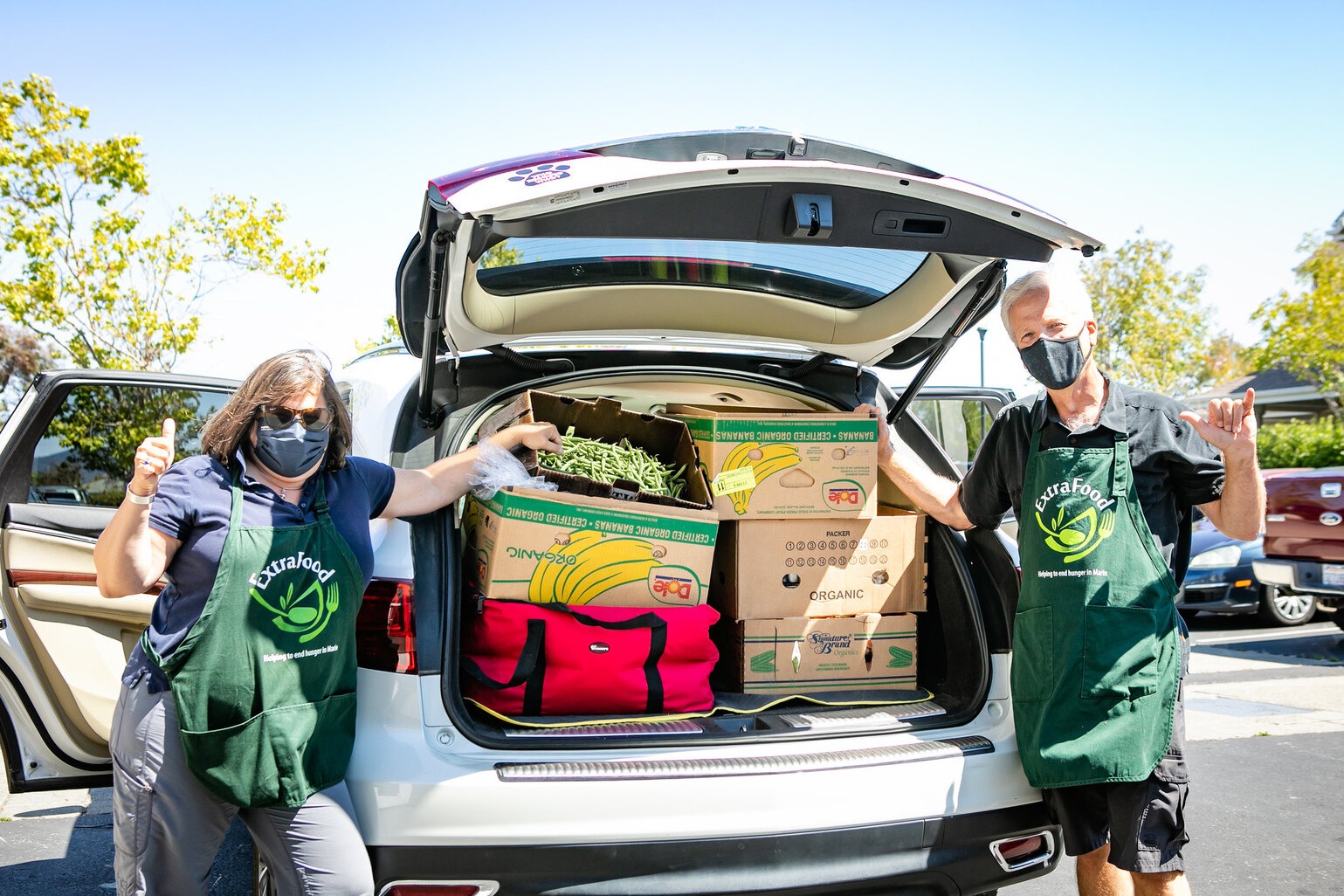
Suh describes the basic framework of MCF as having two major arms. The first is the community foundation arm, known as “community engagement,” which distributes the Buck Family Fund assets through annual strategic grant-making in Marin. These grants, totaling $20-30 million a year, support nonprofit organizations and other institutions throughout the county. Suh explains that there are four programmatic areas in this bucket of funding: education, economic opportunity, environment and health. The goal of these grants is to increase equity through support of the most vulnerable people in the county, including low-income individuals and families, people of color, disconnected youth, and older adults and immigrants.
One recent example of this type of community giving is a partnership with Habitat for Humanity to develop 80 new housing units in Novato for homeownership opportunities. According to Maureen Sedonaen, the CEO of Habitat for Humanity in the Bay Area, this is the largest homeownership project, not only in Marin, but in the state. “The design of this project is based on building community with families, with built-in open space and a sense of space,” Sadonaen says. “It’s about human-centered design, homes built with respect and dignity.” From Suh’s perspective, the project is a big deal not only because of its scope, but also because of the nature of the real estate market in Marin; the average cost to buy a home here in August of 2021 was $1.8 million. “Who homeownership is for in Marin is a profound question,” Suh says. “Opening up the ability to not just own a home, but to build wealth from that home is a big deal, and it’s exciting that we have an amazing partner like Habitat for Humanity to be able to contribute to that in a meaningful way.”
Another innovative community program MCF has overseen is a county-wide pilot program called MOMentum: Opportunities for Marin Moms to Thrive. The project looks at what happens when low-income mothers are given resources by providing 125 mothers of color with $1,000 a month for 24 months. “This is in the vein of a lot of conversations that are occurring now about how to address and support not just income inequality but also cycles of poverty,” Suh says. “This may not sound as radical as it is, but the radical approach is that it started off with going to community members — low-income mothers in our community — and asking them what they need. I think it’s amazing that MCF took on such a creative and relatively unproven program.” Suh believes MOMentum will be a model applicable nationwide.
The second arm of the Marin Community Foundation is the donor side, or “philanthropic partnerships.” This side of the foundation facilitates local and global grant-making in almost every continent of the world, and services donors locally and beyond the Bay Area. “We encourage donors to think about strategic philanthropy as a way to channel their aspirations around whatever issue they’re most interested in, and help them to have meaningful and potentially outsized impact,” Suh says. Alik Derby Salkin, the vice president for philanthropic partnerships, has facilitated these partnerships for 26 years. “Once an individual determines they would like to work with us, we have a team of advisors who work with each client to learn more about issues they are interested in, help them implement their vision, develop strategies and connect with nonprofits, so it’s a highly specialized and personalized experience we’re offering people who are philanthropic,” she says. Donors who partner with MCF can make grants wherever their interests lie. As an example, Derby Salkin describes a hypothetical situation in which a donor who grew up in Georgia might be interested in early childhood education in rural Georgia. “We have partners there, and we can pick up the phone and ask them about local needs and nonprofits that our donor can potentially partner with,” Suh says. At the highest level, the “virtuoso” program is for those who have resources upwards of $100 million. MCF helps these philanthropists design an approach that will create long- term change in communities. “These partners are seeking something akin to an alternative to a private foundation,” Derby Salkin says. “We make it easy for them. They don’t have to hire staff or handle tax returns or all the administrative complexities.” The goal, adds Derby Salkin, is to make it easier to give, and to make giving feel both joyful and meaningful.
The Kentfield-based nonprofit Extra Food was a product of Marin County technologist and psychotherapist Marv Zauderer’s partnership with MCF. Ten years ago, Zauderer approached Derby Salkin wanting to address the particularly upsetting combination of food waste and hunger in Marin. “Marv said, ‘I have a crazy idea and I want to start it in Marin,’” recalls Derby Salkin. “That crazy idea turned into a nonprofit called Extra Food. Mark took an idea and where there was nothing and created something, and the number of volunteers, the amount of food that has been gleaned and provided to people who are hungry — it’s exceptionally creative, far reaching and visionary.”
While many high-wealth Marinites work with MCF, both Suh and Derby Salkin want to make it clear that philanthropy is not just for the ultrawealthy. MCF offers support and connections for those who have more modest resources and want to make informed choices in order to maximize the impact of their giving. “We try to bring it down to a level where donors think, ‘wow, maybe I can make a difference here,’ taking those big hairy, scary bits of the world and bringing them down to a level where you can help create a different outcome,” says Derby Salkin. Vikki Garrod, MCF’s chief communications officer, points to the response Marin residents had to the pandemic, when people of all economic levels donated to MCF’s Covid-19 response fund. “We had an incredible outpouring from the community,” she says “It could be a donation of even $25, and somewhere between $3–4 million went straight back into Marin. Over the past two years, with [so many] terrible things happening, the people of Marin County have been absolutely amazing in terms of how they’ve stepped up to the plate with giving and wanting to get involved.”
Turning Challenges Into Opportunities
MCF works in the context of a community known for a unique combination of wealth and progressive thinking, especially in the realm of the environment, as Marin has established itself as a national model for conservation and regenerative agriculture. Simultaneously, the region faces ecological hardship in the form of wildfire and drought. Suh brings her own environmental expertise to this complex landscape, and is hoping to turn local challenges into opportunities. She points to a recent conversation she had with Albert Straus, the head of Straus Family Creamery and Dairy, a regenerative agricultural leader who has established groundbreaking zero-waste and carbon-neutral practices. “Albert and I were talking about climate change, and what he really wanted to talk to me about was affordable local housing for agricultural workers, which is part of becoming carbon neutral,” Suh says. “We live in communities where all of these things matter and are connected.” She points out that the regenerative agricultural practices that are longstanding here in Marin have become central to conversations about climate change. “What can we do collectively to try to mitigate the worst potential outcomes?” she asks. “Specifically, where are our opportunities for reduction of greenhouse gas emissions in our communities?” Suh believes Marin has the potential to serve as a model for how to address these issues.
Suh’s combination of experience and vision has MCF colleagues and partners excited about her taking the helm of the foundation. Sedonaen of Habitat for Humanity, who has worked in the Bay Area nonprofit sector for more than 35 years, had a front row seat as MCF grew and thrived under Peters. She now sits on the Board at MCF and was on the search committee seeking a replacement for Peters. “It was so clear and so exciting,” Sedonaen says. “We were immediately impressed. Rhea shows up with emotional intelligence, intellectual capacity and thoughtfulness, so you get an alchemy of clarity, purpose and vision for impact. We hit it out of the park hiring her.”
For more on Marin:
- Jack London State Historic Park’s Fundraiser Celebrates the Author and his Wife in 1920s Style
- Expert Tips to Help Parents Raise Emotionally and Socially Healthy Children — and Make the Most of Their Education
- Imagination and Innovation Merge in the Bay Area Discovery Museum’s $20 Million Renovation
